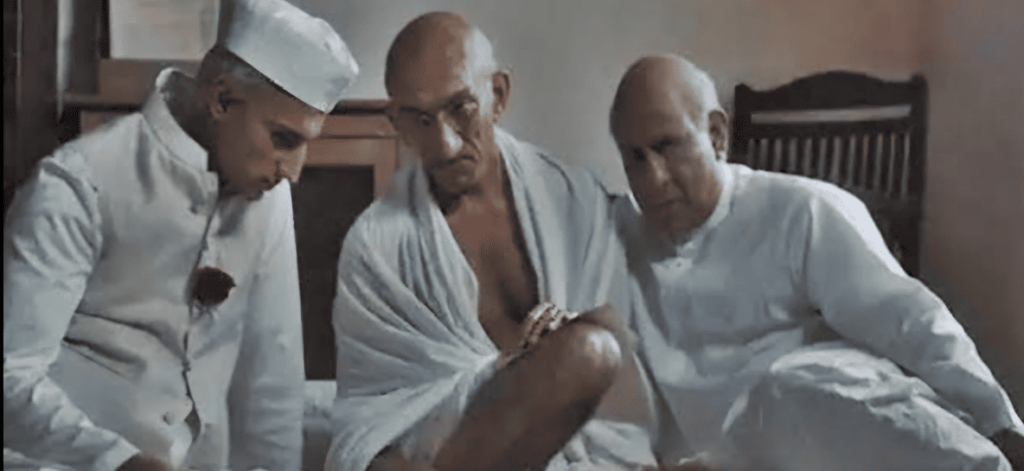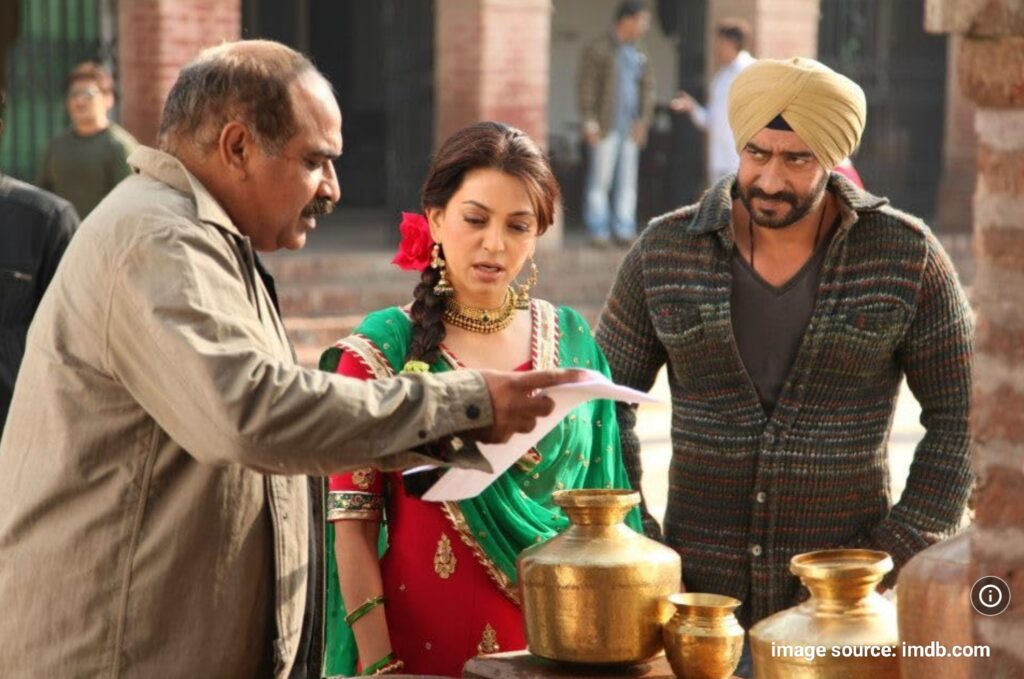Freedom at Midnight Review: A Compelling Retelling of India’s Tumultuous Independence Journey
A Relatable and Racy Account of India’s Partition

Freedom at Midnight, the seven-part web series directed by Nikkhil Advani, adapts Larry Collins and Dominique Lapierre’s renowned book of the same name.
This sprawling yet fast-paced show brings to life the harrowing events that led to the partition of India and Pakistan during the midnight hour of August 15, 1947. While the source material is a staple of pop history, the series attempts to weave an engaging narrative that is both informative and cinematic.
Staying True to Source Material
The decision to adapt Collins and Lapierre’s book is a bold one, as it provides an ostensibly neutral lens on the events of 1947. Neither pro-India nor pro-Pakistan, the book allows Advani to approach the narrative without overt bias.
However, in today’s polarized world, even the most objective retellings invite scrutiny. The series Freedom at Midnight adds a disclaimer acknowledging its creative liberties and fictionalized segments, reinforcing that it is not a documentary but an artistic interpretation.
While Collins and Lapierre’s racy style simplifies the complexities of partition, their portrayal of historical figures like Lord Mountbatten, the last Viceroy of India, raises questions. The book’s tendency to favor Mountbatten’s perspective is something the series carefully balances by revisiting the narrative from the viewpoint of those who fought for freedom.
A Thousand Pages Condensed into Seven Episodes
The series Freedom at Midnight focuses primarily on key conversations among the pivotal players Mahatma Gandhi (Chirag Vohra), Jawaharlal Nehru (Sidhant Gupta), Sardar Vallabhbhai Patel (Rajendra Chawla), and Mohammed Ali Jinnah (Arif Zakaria). These dialogues provide a window into the decision-making process that shaped the subcontinent’s destiny.
The portrayal of Jinnah is particularly striking, as he is depicted as an insecure leader driven by his desire for recognition and equality with Gandhi and Nehru. This characterization might invite debate, but it underscores the divisive politics of the time.
Struggles of Faithful Representation
The series Freedom at Midnight tries to do justice to the enormity of the partition, with scenes illustrating the drawing of borders across rivers, forests, deserts, and mountains. The devastation of partition—millions displaced, countless lives lost is presented with unflinching honesty.
Yet, the format of the series imposes limitations. Certain significant events, such as the Chauri Chaura incident and the Noakhali riots, are touched upon briefly, making some parts feel static and rushed.
Additionally, the series relies heavily on loud background music, which often overpowers dialogues and detracts from pivotal moments. This persistent soundscape dilutes the emotional depth of many scenes, though the quieter sequences come as a relief.
Stellar Performances with Minor Shortcomings

The ensemble cast features an array of talented actors who bring historical figures to life. Sidhant Gupta, while impressive in his portrayal of Nehru, struggles with the age disparity, as his youthful demeanor conflicts with the character’s maturity.
Chirag Vohra’s Gandhi, though visually accurate, feels weighed down by a stereotypical delivery that leans heavily on established tropes.
Rajendra Chawla’s Patel, however, stands out as a tour de force. His strong, grounded performance cements Patel’s role as the architect of modern India, capturing his resolute leadership during the most challenging of times. Arif Zakaria’s nuanced portrayal of Jinnah is another highlight, offering a layered depiction of the man behind the partition.
Luke McGibney and Cordelia Bugeja as the Mountbattens strike a balance between their roles as impartial overseers and their personal connections with Indian leaders, subtly hinting at the rumored closeness between Nehru and Edwina.
Other characters, such as Ira Dubey’s Fatima Jinnah and Malishka Mendonsa’s Sarojini Naidu, are less impactful due to limited screen time and uneven writing. The attempt to inject female perspectives, though commendable, feels underdeveloped.
A Look Beyond the Narrative
The series goes beyond retelling history; it raises questions about the cost of freedom and the aftermath of partition. By focusing on the leaders’ dilemmas and the people’s suffering, it offers a nuanced take on the period’s moral and emotional complexities.
However, the series occasionally struggles to shake off the shadow of its source material, which often glosses over the nuanced realities of British colonialism.
While the book portrays Mountbatten as an organized, empathetic administrator, the series works to provide a more balanced account, highlighting his role in hasty decision-making and its disastrous consequences.
A Visual and Narrative Feast
Visually, the series captures the era with painstaking detail. The sets, costumes, and production design evoke the period authentically, creating a rich, immersive experience. The cinematography, combined with sharp editing, keeps the narrative gripping, despite its occasional lapses into melodrama.
The decision to avoid casting mainstream Bollywood stars adds a layer of authenticity. By focusing on performances rather than star power, the series ensures the historical characters remain the focal point.
Final Verdict: A Must-Watch with Caveats
Despite its flaws, Freedom at Midnight is a significant addition to the repertoire of historical dramas. It brings to the forefront stories of resilience and sacrifice while offering an accessible yet thought-provoking account of India’s independence struggle.
The series reminds us of the fragility of freedom and the human cost of political ambition. It may not satisfy purists seeking an exhaustive chronicle, but it succeeds in reigniting discussions about one of history’s most transformative events.
For viewers seeking a racy, relatable retelling of partition, Freedom at Midnight strikes the right chords. While it may not delve as deeply into historical intricacies as some would hope, it leaves a lasting impression, urging us to reflect on the meaning of freedom and the burdens of the past.
image source by: imdb.com

